This article was written by Monica Morris and by wikiHow staff writer, Jennifer Mueller, JD. Monica Morris is an ACE (American Council on Exercise) Certified Personal Trainer based in the San Francisco Bay Area. With over 15 years of fitness training experience, Monica started her own physical training practice and gained her ACE Certification in 2017. Her workouts emphasize proper warm-ups, cool-downs, and stretching techniques.
There are 12 references cited in this article, which can be found at the bottom of the page.
This article has been viewed 1,820 times.
If you're trying to lose weight, you know you need to exercise—but that can be tough when your knees are acting up. The good news is that whether your knee problems are related to arthritis, injury, or another issue, there are still activities you can do that will help you burn some calories. To help you out, we've put together a list of the best low-impact exercises you can do if you want to lose weight without hurting your knees in the process. Let's get moving!
This article is based on an interview with our board-certified rheumatologist, Zheni Stavre. Check out the full interview here.
Things You Should Know
- Do low-impact cardio exercises, such as walking or swimming, at least 30 minutes a day 5 or 6 days a week to help lose weight.
- Use bodyweight exercises such as squats to build strength in your quadriceps and hamstrings, which support your knees.
- Try stretching exercises such as yoga or pilates to improve your flexibility and range of motion.
- Avoid high-impact, high-intensity exercises, such as running or jumping, that will only make your knees worse.
Steps
Warnings
- Exercise shouldn't make your knee pain worse. If your knees hurt while you're exercising, stop what you're doing immediately.[17]⧼thumbs_response⧽
- If you're recovering from a knee injury, work with a physical therapist to create a workout routine that will promote healing while also meeting your fitness needs.[18]⧼thumbs_response⧽
Expert Interview

Thanks for reading our article! If you'd like to learn more about exercising, check out our in-depth interview with Monica Morris.
References
- ↑ https://www.pennmedicine.org/updates/blogs/musculoskeletal-and-rheumatology/2018/may/low-impact-exercises-for-joint-pain
- ↑ https://www.beaumont.org/health-wellness/blogs/staying-fit-with-bad-knees
- ↑ https://www.silversneakers.com/blog/exercises-knees/
- ↑ https://www.pennmedicine.org/updates/blogs/musculoskeletal-and-rheumatology/2018/may/low-impact-exercises-for-joint-pain
- ↑ https://www.pennmedicine.org/updates/blogs/musculoskeletal-and-rheumatology/2018/may/low-impact-exercises-for-joint-pain
- ↑ https://www.ibji.com/blog/orthopedic-care/good-exercises-for-bad-knees/
- ↑ https://www.silversneakers.com/blog/exercises-knees/
- ↑ https://www.healthywomen.org/real-women-real-stories/best-exercise-classes-for-chronic-joint-pain
- ↑ https://www.healthywomen.org/real-women-real-stories/best-exercise-classes-for-chronic-joint-pain
- ↑ https://www.health.harvard.edu/blog/tai-chi-may-good-physical-therapy-arthritis-related-knee-pain-201606159780
- ↑ https://www.acpjournals.org/doi/10.7326/M20-7014
- ↑ https://newsnetwork.mayoclinic.org/discussion/recommended-exercises-for-knee-pain-depend-on-the-cause-of-the-pain/
- ↑ https://www.ibji.com/blog/orthopedic-care/good-exercises-for-bad-knees/
- ↑ https://physicaltherapyweb.com/kettlebells-knee-pain/
- ↑ https://gethealthyu.com/12-minute-hiit-workout-for-bad-knees/
- ↑ https://www.ncbi.nlm.nih.gov/books/NBK544978/
- ↑ https://www.nhsinform.scot/illnesses-and-conditions/muscle-bone-and-joints/exercises/exercises-for-knee-problems
- ↑ https://www.ibji.com/blog/orthopedic-care/good-exercises-for-bad-knees/
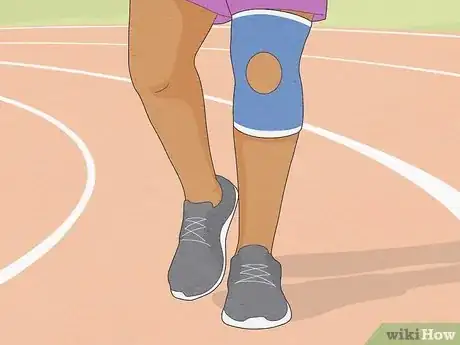


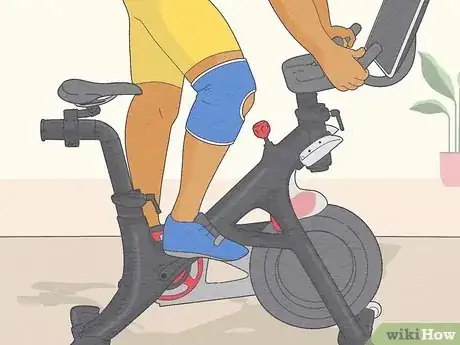

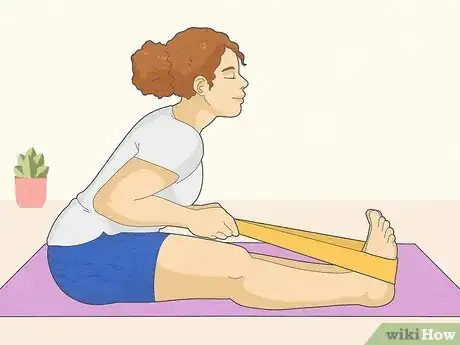
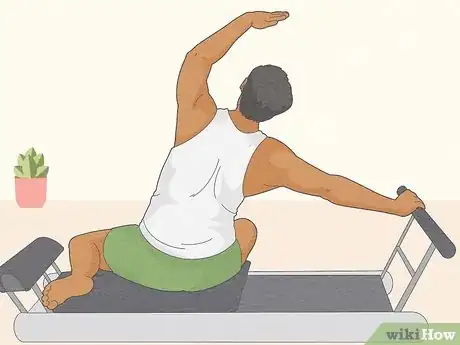
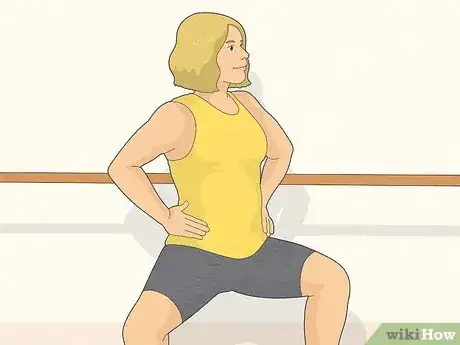
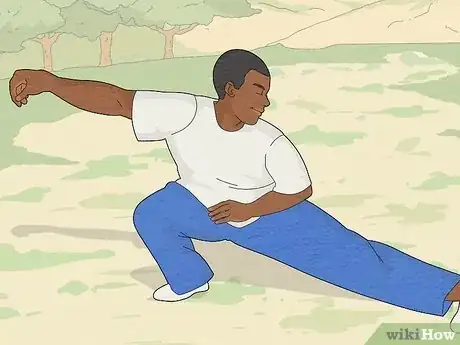
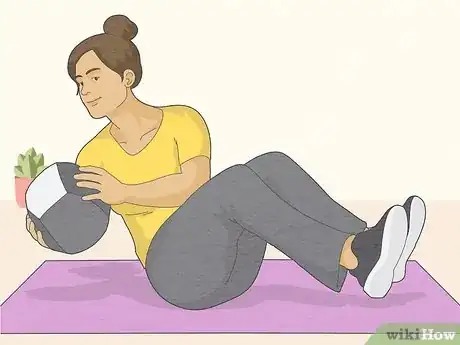
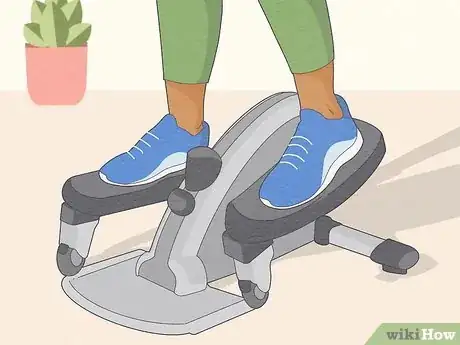
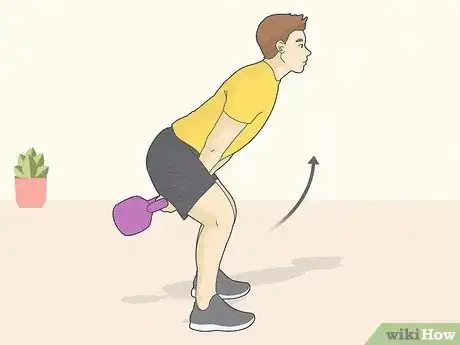
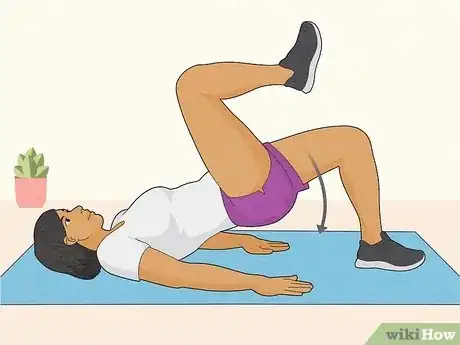






-Step-14-Version-2.webp)















































